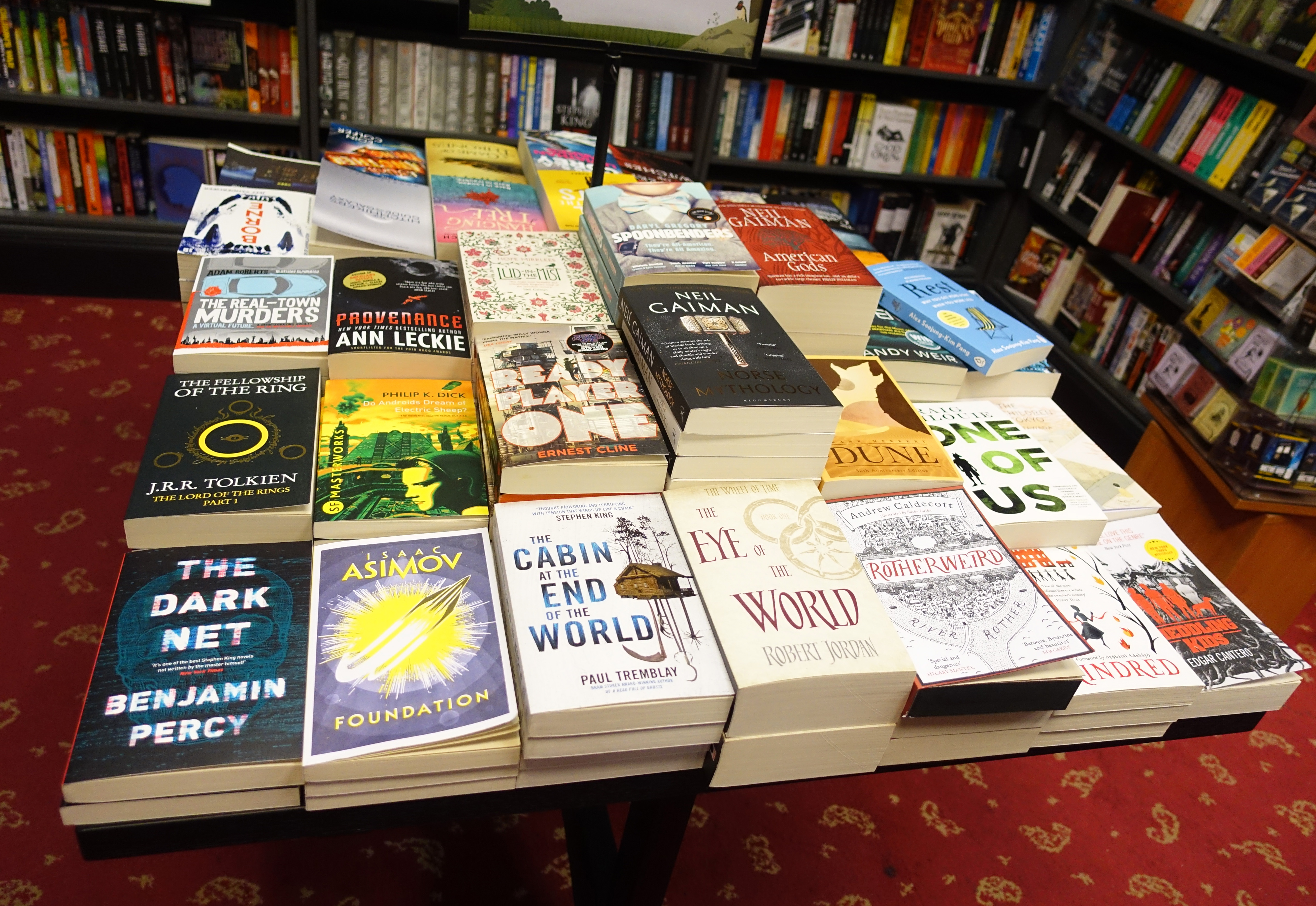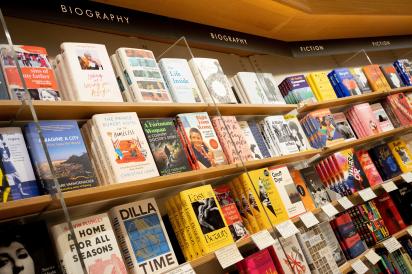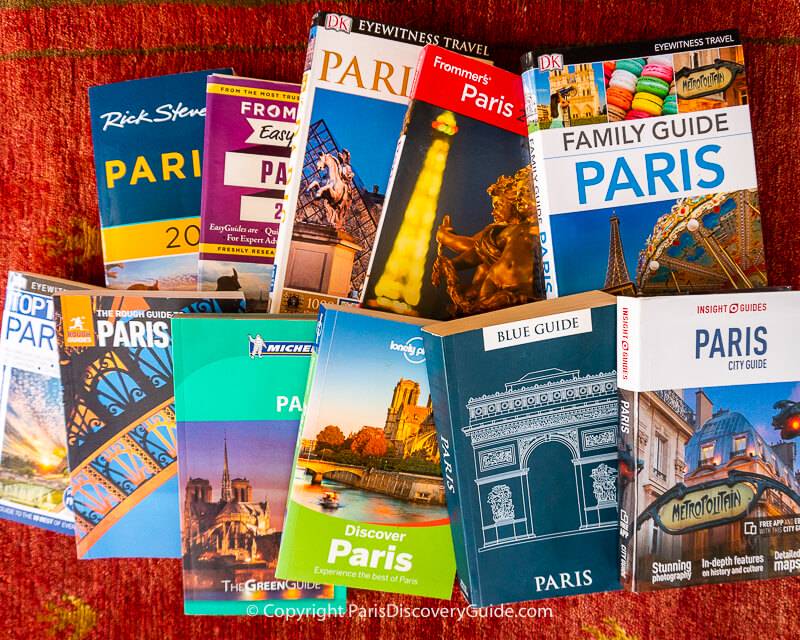How to Choose a Book Size
The question of book size is very important. By size, a printer means the page dimensions and by orientation they mean landscape or portrait. Many authors will have seen an book and want to replicate the size and feel of it, some will have a typical genre book size in mind, others may want their book to fit alongside other books in a series or want their book to deliberately be larger or smaller than other competition on the sales shelf. Readers will usually have a preconceived notion of what kind of book they are about to read based on the page count and size. Most of the time expensive books tend to be larger, cheaper books tend to be smaller, however this is not always the case. Many authors will make their book also available on Amazon or other digital marketplace as an ebook or a Print on Demand book, so Amazon print sizes also need to be considered to avoid duplicating page layout work.
Some authors know from the outset exactly what size their book should be once it is printed, other authors don’t think about the size until after the production process starts meaning the decision can get rushed. When a printer is asked for advice, he or she will be considering other things like press size, paper stock sizes and availability, run length and their familiarity with formats. For these reasons each printer you ask will often give you a different answer; it can be very confusing!
One thing is for sure, it is important to consider book sizes as early in your planning process as possible. Speak to a printer who is knowledgeable in the book genres, give them a good feel for what you ideally want and how many copies you might like to print as early as possible so that once your page layout is underway you have the page size nailed on. It can be expensive to change the page size after your book has been typeset.
So lets look at the typical book genres and their sizes in the UK market.
What is the best book size for my genre?
Fiction paperbacks / novels.
Size: 128x198mm portrait (approx. 5”x8”) This size is often termed “standard trade paperback” or “B Format”
This is one of the most common of all volume book formats. The inner pages are generally black & white.

Standard Trade paperback novels on display
Non fiction paperback: Self help books / business / autobiographies / memoirs / spiritual
Size: 234x156mm portrait (approx. 6”x9”) called Royal or 138x216mm (approx. 5.5” x 8.5”) called Demy
The inner pages are generally black & white.
Many general commercial printers will go no further than recommending finished sizes of A6, A5 or A4, because their paper stocks, machine sizes and therefore pricing levels are geared up to these sizes. However, many book publishers consider these sizes to be too wide compared to their height for a comfortable novel. The ratio of height to width of A5 is about 1.42, whereas the vast majority of successful published fiction has adopted a narrower format ratio of around 1.5-1.6.

Autobiographies on display
Travel Guides / pocket books / journals / special interest
Common sizes: A5 (148x210mm)
Pinched Crown Quarto: (168x240mm) Sometimes called B5.
Pocket book: (103x190mm)
These sizes, are commonly printed in full colour, as they fully utilise colour printing press sheet sizes

Travel Guides
Childrens books / Cookery books / Study books / Coffee table books:
Common Sizes: 210x297mm (A4 UK)
216x279mm (US letter)
189x246mm (Crown Quarto)
210x210mm (square)

Cookbooks
These sizes are often turned landscape when you’re looking for a format and size that stands out or fits the subject matter better like photobooks / art books and some children’s books.

Landscape photo book
Please feel free to contact me if you would like to discuss any of the above or suggest improvements to my blog.
David Exley david@beamreachuk.co.uk
Written by David Exley
David has an Honours Degree in Printing and Packaging Technology and has worked in both technical and sales roles in both the Paper and Printing industries for over 20 years.

